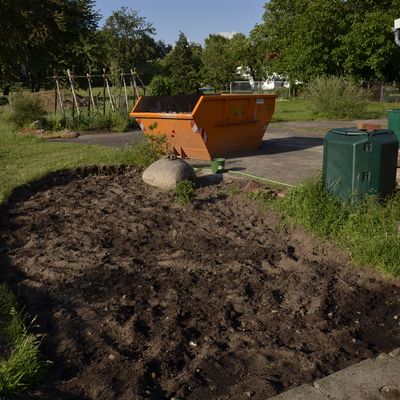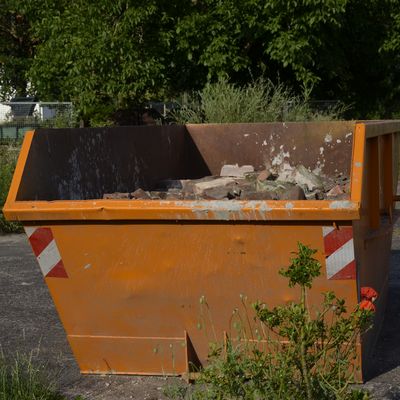The past years were special, each in its own right: 2018 was hot and dry. 2019 not as bad as 2018 but still hot and dry enough. And 2020 was totally different. With all studio-and-book arts-related fairs and events just not happening, there was a lot of time to spend on something else.
Next to printing and making books comes the garden. So here we go.

February came with an icing. Winters have not been too hard lately, this one was not much of an exception. Even though I am not a fan of lots of snow and long icy periods, I have started wishing for conditions reducing the number of root voles to a healthy level. And I mean healthy with respect to our fruit trees, beet root and kale – all of which have suffered from the beasts.

I would like to stress that most of our animal visitors or full-time and part-time residents are welcome. The colourful pheasant keeps coming every now and then. There are a great many of small birds, and, guessing from the great variety of droppings, there are many fury visitors as well.

March gifted us with the colours of the hellebore plants.

In May the tulips were still beauties in their own right. There was nice company from our black pansies.


We put up the bean poles while the broom was in bloom.



We had a colourful early harvest – and tasty, too, while the kale was only just starting to go strong.


June brought abundance to the flower beds. It felt like if all the flowers were frolicking that, after two years of hardship, they were allowed to grow and bloom properly again.



We could watch our first own quinces to slowly grow and start developing their bright yellow colour and their lovely scent.



However, there is always a „but“. The rhododendrons were suffering. They had been planted some two years ago and the past two summers had been far too sunny and too dry for the still not quite established plants. Normally they would have been able to do well underneath the huge old oak trees. But in fact they did not. The question was: where could they go instead? The only spot that could provide some shade over the sunny daytime hours was in the back of the former pig stable. We knew we would unearth rubble once we started digging down to prepare a bed for the rhododendrons. But the amount of rubble still came as a surprise.
Within one month, June, we dug out some 5 tons of rubble. We had ordered a container, so it could go right in there straight away. All the broken bricks and roof tiles and floor tiles and bathroom wall tiles and bits&pieces of concrete went. An endless stream of wheel barrows filled with compost went in to replace the huge volume that had gone by taking out all the rubble. On the last day of June the rhododendrons had arrived in their new and hopefully forever home. So far they seem to be happy and thriving.

We are happy to provide a sip for whoever is in need. Our resident sparrows and robins and tits love to come for a bath in the puddles we create on our patio floor over the summer.
As one of our apple trees had been badly mauled by the root voles and we still do not know whether it might be beyond recovery, we decided to have another one and went for the variety „Kaiser Wilhelm“. It appears that the heat of the previous two hot summers has done something to the structure of the sandy soil, at least in some places. So we dug out a plot of approx. 2 x 2 metres and exchanged most of the soil in there. We wanted to give the new tree not only a good start but also provide for a strong growth afterwards.
Late in autumn we planted a number of old and wild plum varieties as part of our free growing hedge along the main road. These are to replace the losses of shrubs we had, caused by root vole activity since we first planted the hedge in late 2017. We hope the plums will have more strength to grow back roots that have been eaten away. We welcomed a number of newcomers: a nicely grown pine tree and a special sort of elm tree, some roses, a hydrangea and two white forsythias.

There was still more digging to be done. The summer hedge made up from common mugwort we used to have on the perimeter of the house garden was to go. Not only had it gone shaggy it was also showering the garden with its seeds and we had mugwort growing all over the place. We decided we wanted to have irises instead. So all the mugwort had to go and irises had to come in. We already had some bluish ones, but we gave them company with white ones and dark purple. So we are looking forward to next spring, when they hopefully will show off all their colours and beauty.

As I write this the days and nights have become chilly. We had a number of mornings with white frost already and some days with lovely November fog. There is still some colour in the garden with very late cornflowers and some golden-brown chrysanthemums. Lotta has grown into a jolly, playful, loving family dog. She will be three years old next week.









